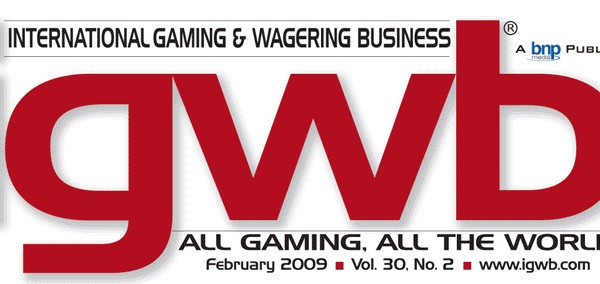The Challenge of Casino Air Quality
Traditional air handling approaches often fall short in casino environments. Here’s why:
- Ventilation alone, even at high rates of 75 CFM per occupant, can’t fully address tobacco odors. This has been documented in scientific research dating back to the 1930s. While dilution works well for visible smoke particles, it’s far less effective with odors and volatile organic compounds (VOCs).
- Many casinos have tried various approaches:
- Carbon filtration banks (expensive and requires frequent replacement)
- Masking agents (adds more chemicals without solving the core problem)
- High-efficiency particulate filters (effective for visible smoke but not odors)
Each of these methods addresses part of the problem, but none provide a complete solution for heavy smoking environments.
Why Ozone Technology is Different
Through three decades of research and implementation, we’ve found that controlled ozone injection, when properly monitored and managed, provides the most effective solution for casino environments. Here’s why:
Chemical Reaction vs. Filtration
Unlike traditional filtration methods that try to trap pollutants, ozone actively breaks down odor-causing compounds through oxidation. This chemical reaction transforms complex odor molecules into simpler, non-odorous compounds.
Comprehensive Coverage
Ozone can reach areas that traditional ventilation and filtration systems can’t, providing thorough treatment throughout the space.
Cost-Effective Operation
Compared to alternatives like activated carbon banks (which can cost millions over a decade in replacement costs), ozone systems require minimal ongoing maintenance while providing consistent performance.
”Creating better air quality in smoking environments isn't about finding a magic bullet. It's about implementing a comprehensive solution that addresses all aspects of the problem while maintaining the highest safety standards.
Safety: Our Top Priority
Let’s address the elephant in the room: ozone safety. Yes, ozone can be harmful at high concentrations. That’s precisely why our approach centers on rigorous safety protocols and continuous monitoring:
- Precise Control Systems – Our injection systems are designed with multiple failsafes and precise control mechanisms to maintain appropriate levels.
- Continuous Monitoring – We utilize UV ozone analyzers – the most accurate sensors available – with ±1.5 ppb accuracy to continuously monitor levels in the breathing zone.
- Data Logging and Compliance – Our control panels continuously log data points to ensure OSHA compliance, providing complete transparency and accountability.
- Strategic Implementation – We inject ozone at specific points in the HVAC system, not directly into occupied spaces, ensuring proper mixing and dilution before air reaches the casino floor.
Real-World Results
- Tobacco odors are significantly reduced
- Customer complaints about air quality decrease
- The “empty casino” smell (caused by off-gassing from surfaces) is minimized
- These improvements are achieved while maintaining safe ozone levels well within OSHA regulations
Beyond the Technology
What truly sets this solution apart isn’t just the technology – it’s the expertise behind its implementation. After 30 years of applying ozone technology in occupied spaces, we’ve developed:
- Precise protocols for system sizing
- Detailed safety monitoring procedures
- Specific maintenance requirements
- Comprehensive staff training programs
The Bottom Line
While no air purification technology is perfect, our experience has shown that properly controlled ozone treatment, combined with appropriate HVAC design and operation, provides the most effective solution for casino environments. The key is in the implementation – using the right technology, with the right controls, backed by continuous monitoring and decades of expertise.
Remember: creating better air quality in smoking environments isn’t about finding a magic bullet. It’s about implementing a comprehensive solution that addresses all aspects of the problem while maintaining the highest safety standards.
Have questions about casino air quality or our technologies? Contact our team for a detailed discussion of your facility’s specific needs.




